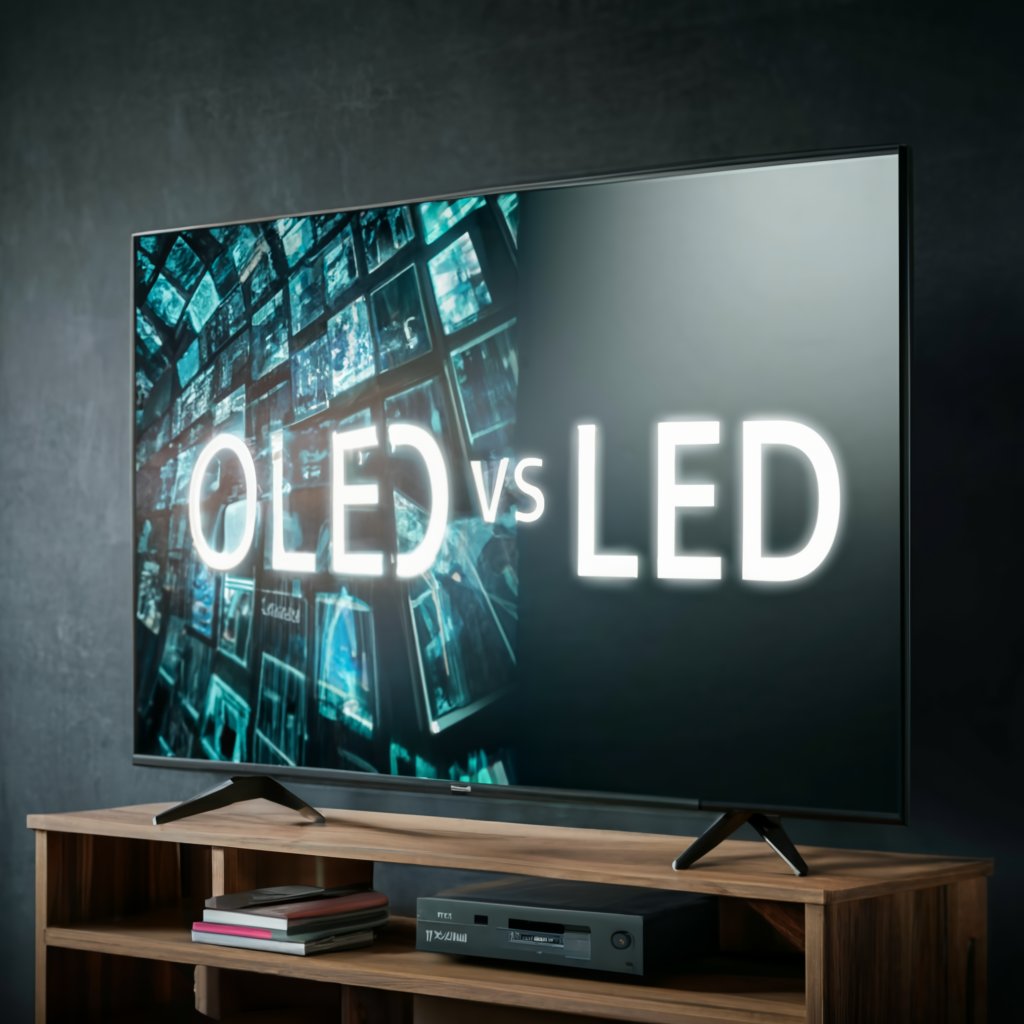When it comes to enhancing the low-frequency response of a sound system, subwoofers play a vital role. However, the performance of a subwoofer greatly depends on the type of enclosure used. Among the two most popular options—ported and sealed enclosures—enthusiasts and audiophiles often find themselves debating which is superior. In this blog post, we will explore the key differences between ported and sealed subwoofer enclosures, shedding light on their unique characteristics, advantages, and drawbacks.
- Sealed Subwoofer Enclosures
Sealed enclosures, also known as acoustic suspension enclosures, are designed to be airtight, providing a sealed environment for the subwoofer driver. This design prevents the exchange of air between the inside and outside of the enclosure. The lack of air movement offers several benefits:
a) Accurate and Tight Bass Response: Sealed enclosures deliver precise and controlled bass response. The sealed air inside the enclosure acts as a cushion, providing a well-damped response without any resonance peaks or dips. This characteristic makes them ideal for music genres that demand accuracy and clarity.
b) Smaller Size: Sealed enclosures require less space compared to ported enclosures with equivalent performance. The absence of a port allows for a more compact design, making them a suitable choice for installations where space is limited.
c) Enhanced Power Handling: Sealed enclosures typically handle more power due to the increased control over the subwoofer driver's movement. The absence of air flow prevents the driver from reaching extreme excursion levels, reducing the risk of damage and distortion.
- Ported Subwoofer Enclosures
Ported enclosures, also referred to as bass reflex enclosures, feature an additional port or vent that allows the movement of air in and out of the enclosure. This venting system introduces a few distinctive characteristics:
a) Increased Efficiency: Ported enclosures can achieve higher output levels compared to sealed enclosures, as they utilize the energy of the expelled air from the port to reinforce the low-frequency response. This enhanced efficiency allows ported enclosures to produce more significant bass output with the same amount of power.
b) Extended Low-Frequency Response: The vented design of ported enclosures enables them to reproduce lower frequencies with more authority than sealed enclosures. The port assists in tuning the enclosure to a specific resonant frequency, resulting in a deeper and more pronounced bass extension.
c) Larger Size and Complexity: Due to the addition of the port, ported enclosures tend to be larger and more complex in design. The need to tune the enclosure's port length and diameter accurately adds an extra layer of intricacy during the construction process.
- Considerations for Choosing the Right Enclosure
a) Sound Preference: The choice between ported and sealed enclosures largely depends on personal sound preferences. Sealed enclosures excel in delivering accurate, tight, and controlled bass, making them ideal for critical music listening. On the other hand, ported enclosures provide more output and low-frequency extension, catering to those who prioritize deep, impactful bass for movies or certain music genres.
b) Available Space: The physical limitations of your vehicle or listening room can also influence your decision. If you have limited space, a sealed enclosure might be more suitable. Conversely, if space is not an issue, a ported enclosure can provide a more robust low-frequency output.
c) Power Handling: Consider the power requirements of your subwoofer and amplifier combination. Sealed enclosures are generally better suited for high-power setups, while ported enclosures are often more efficient and may require less power to achieve desired output levels.
Conclusion
The choice between ported and sealed subwoofer enclosures depends on your specific audio preferences, available space, and power requirements. Sealed enclosures offer accurate and tight bass response in a compact form, while ported enclosures provide increased output and extended low-frequency response. Understanding the strengths and weaknesses of each enclosure type will help you make an informed decision and ensure an immersive audio experience tailored to your needs.

